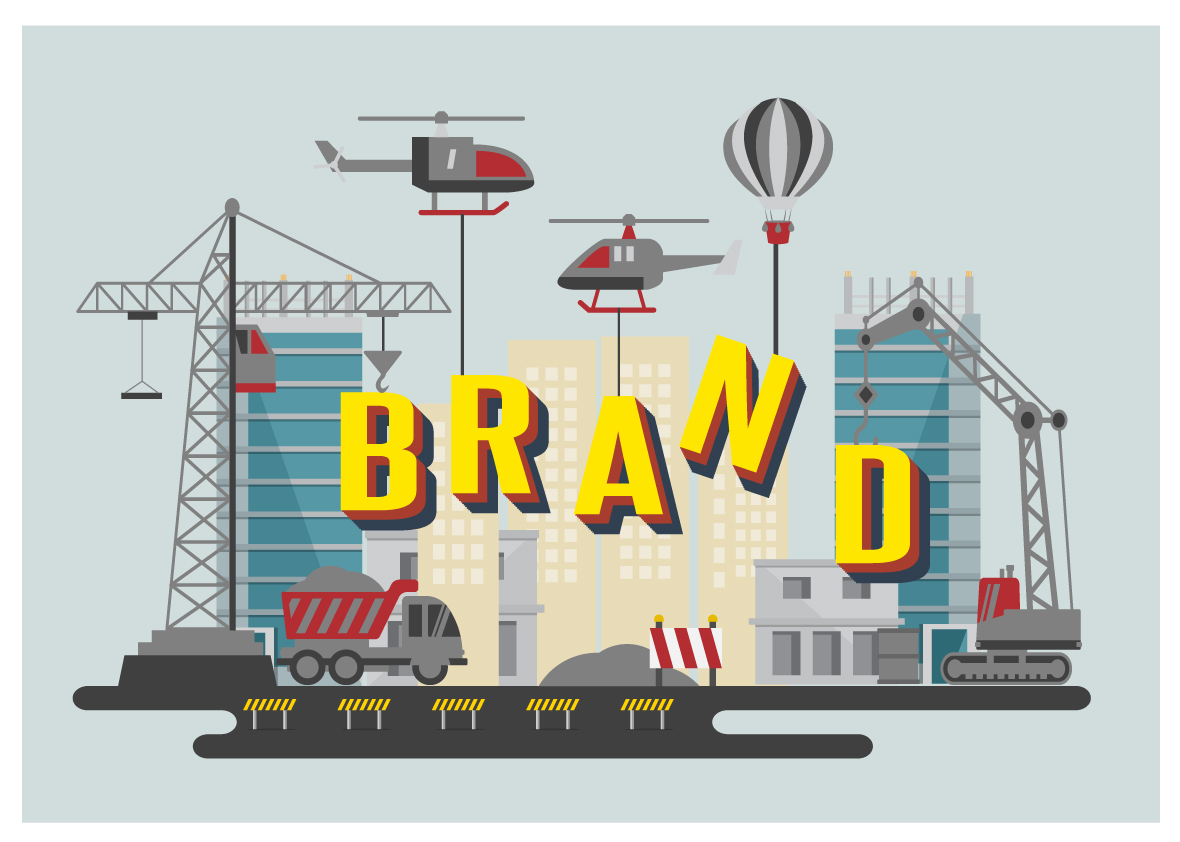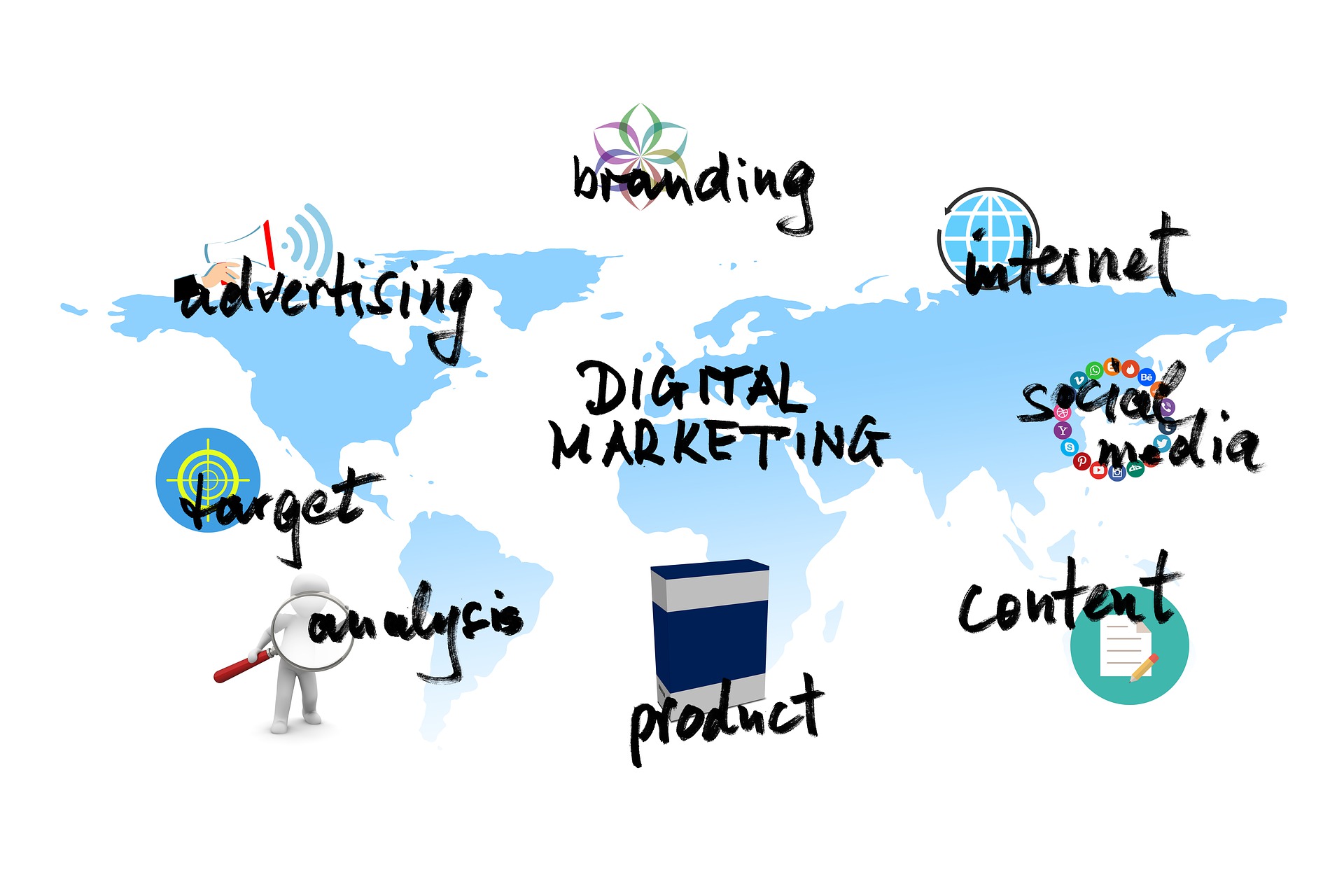 These days a business owner has so much work, both in and on their business, on their plate, it is nearly impossible to keep up with it all! “Who cares what my brochure looks like, or that I printed myself; I just have to get the word out about my business,” or, “Nobody cares if my business card was printed off my inkjet, everybody’s doing it,” become common thoughts. Yet this is the one area a business owner should pay strict attention.
These days a business owner has so much work, both in and on their business, on their plate, it is nearly impossible to keep up with it all! “Who cares what my brochure looks like, or that I printed myself; I just have to get the word out about my business,” or, “Nobody cares if my business card was printed off my inkjet, everybody’s doing it,” become common thoughts. Yet this is the one area a business owner should pay strict attention.
Each printed marketing piece is like a receptionist for your business. Each piece is a “leave behind” to remind your contact of your conversation and offering. These pieces need to outshine your competition’s marketing to keep you and your business top of mind. All pieces need to be coordinated (not cookie-cutter!) and pulled together by one very important element: your logo.
Branding your business, in print or online, does not start and stop with your logo. Your logo is absolutely an important identifying mark to your clients, absolutely. This is where most business owners stop. Color, your choice of fonts, the style and voice of your copy, and images used — all play an important role in creating, positioning and maintaining your branding message, and should be considered carefully.
Here are my 6 tips for branding your business in print:
- Logo matters. Use your logo to identify your business but don’t stop there! Use the colors in your logo to play up prices, headlines, and important call-to-action areas. If the font in your logo is a serif, consider using it in headlines and switch to a sans-serif for body copy. This reinforces what people see visually: this marketing piece comes from your company and not your competitor’s.
- Style matters. If you are known to your clients as somewhat formal, keep this consistency in your blog and other marketing materials. If you use contractions, write with contractions. If your presence is a bit laid back, be less formal. Also, be very aware of your target market and audience. What do they normally see from your industry vs. what are they expecting to see from your industry? For example, if you are a marketing company, create something professional that demonstrates both creativity and confidence; don’t settle for a template that may look cool but may not truly represent your business.
- Images matter. Be picky about the photos and artwork you use to associate your audience with your business. If you don’t have pictures you own, hire a photographer or graphic designer to create pieces you can use in all your marketing. If you choose to buy photos and artwork, pay close attention to the EULA (end user license agreement) and the repurchase information. DO NOT just right-click on an image you see in Google Images and take it; this is not a good source for 3 reasons: 1) low resolution; 2) did the poster have permission to post the picture you are taking; 3) taking without permission is theft. If you are buying a font, again, read the EULA and follow the rules on using your new font.
- Image matters. Take pride in how your company is viewed. If you participate in an expo, ask the organizers if they have a page on their website that advertises your company. If they do, ask for the link and find out what they are saying about your company. Make sure what is used you can live up to and is current. If the expo offers visitors to scan a QR code, scan it yourself and find out where the code takes the visitor. Keep your marketing materials and personal appearance professional at all times.
- Marks matter. Your logo is not your only identifying business mark. A QR code and hashtag can also identify your business, both online and offline. Create a QR code that leads to an action, such as filling out a short form. For a hashtag, avoid acronyms unless it makes sense for your business. Focus on using your business name, whole or in part. Consider using your business name as initials and combining with a product or service you offer.
- Paper matters. The paper stock you use for your marketing materials leaves an impression. Make sure it leaves the right impression. It’s okay if you have to print a small run of business cards onto Avery perforated paper stock — just don’t do this in place of quality printing. VistaPrint is a good substitute for a local printer. Check with your local chamber of commerce for print shops, and ask which one they would recommend. Ask your colleagues where they get their printing done. The advantage to using a local shop is in the potential for a discount with an established relationship, and the ability to do a press check during the printing process.
Remember: the single most important element in branding your business is people. Think about it. Do you shop at a certain store because of the brand’s name, or because you like to say hi to your favorite clerk? People do business with people, not brands or logos. Forge relationships with people, and encourage your employees to do the same.
Be strategic. Be visible. Be found.










